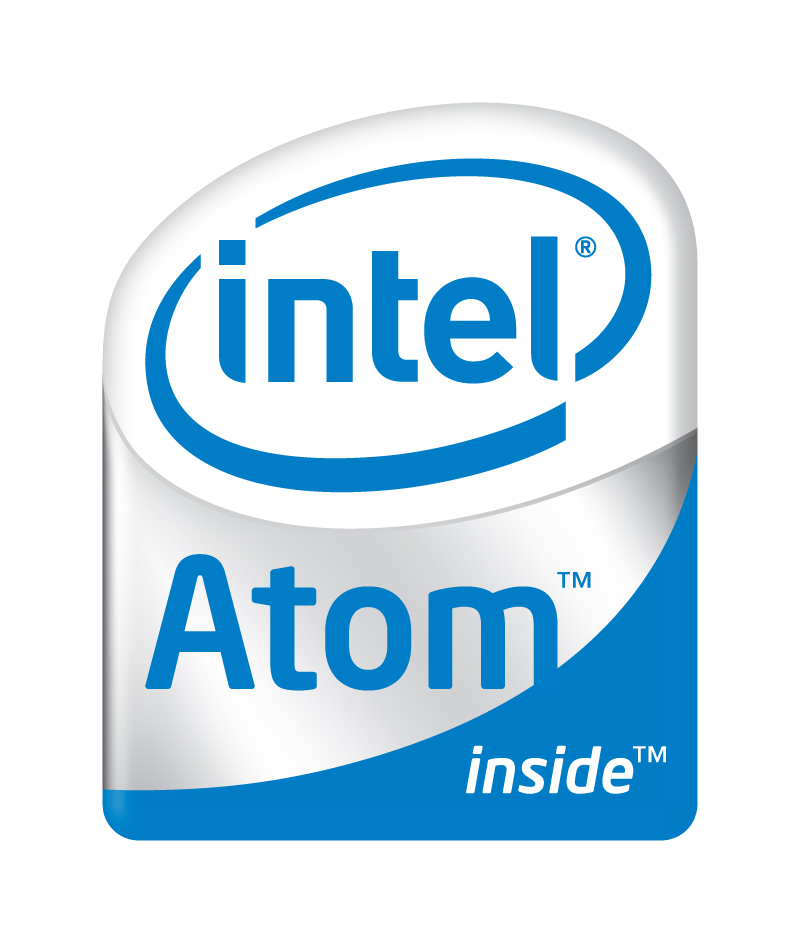New 32nm Atoms Surface on Intel's Website
The latest version of Intel's processor price list includes the company's first 32 nm Atom processors.
Two yet-to-be-announced Cedarview Atom CPUs, the D2700 and the D2500, are now officially listed as available for tray purchases. Both versions are clocked higher than their predecessors, but are offered at lower prices.
The D2700 arrives with 2.13 GHz and support for four threads, while the D525 was available with four threads support and 1.80 GHz. The D2500 is clocked with 1.86 GHz, supports only two threads and will replace the D425 with 1.80 GHz.
Intel also responds to criticism that its Atom processors are too expensive. The D2700 has a tray price of $52 and the D2500 carries a $42 price tag. The D525 is currently offered for $63.
The Cedarview processors are still in a lofty price range, even if we hear from Intel that these new processors may be substantially faster than their 45 nm counterparts. For tablet applications, we already know that good-enough processors dominate the market and Intel will have to come much closer to the $20 to $30 price range to have a greater chance to become a rival for ARM implementations.
Get Tom's Hardware's best news and in-depth reviews, straight to your inbox.

Douglas Perry was a freelance writer for Tom's Hardware covering semiconductors, storage technology, quantum computing, and processor power delivery. He has authored several books and is currently an editor for The Oregonian/OregonLive.
-
Parsian I just wouldnt go after Atom when there is a far superior option from AMD that is also cheap.Reply -
mavroxur Intel is really stepping up the Atom line. At first, I was disappointed in the Atom CPU after laying hands on a few of the early ones. But after playing with some N570 based netbooks with a couple gigs of RAM and SSD's, they FLEW. Not to mention I imaged them, ran through the Win 7 OOBE, and ran all the Windows updates as well as 3rd party updates, and they still had 5 hrs+ battery life remaining. They blasted through the OOBE faster than a mid range C2D desktop. I hope Intel keeps the Atom family around for a while, since it's finally maturing into something useful.Reply
-
Manicslayer This is a nice step forward for Intel, unfortunately they still don't have anything that can top AMD's offerings, just as AMD has nothing on Intel's tippy-top end processors. Intel has some great minds behind it and I think they realize the 5% market share for extreme cpu's just isn't worth losing the handheld/netbook market to AMD.Reply -
dimar So if a manufacturer like HP or Apple were to release the a netbook or a tablet with the same specs, a model with D2700 and another on with D2500. There wouldn't be a reason for the different in price to be $10.. But they'd charge extra $100! (in apple case at least $500)Reply -
mikem_90 dimarSo if a manufacturer like HP or Apple were to release the a netbook or a tablet with the same specs, a model with D2700 and another on with D2500. There wouldn't be a reason for the different in price to be $10.. But they'd charge extra $100! (in apple case at least $500)Reply
No. There are a lot of reasons they would charge more than $10.
Many things go into pricing different models. the raw cost of One part is just a tiny bit.
There is first the underlying hardware (cooling, battery, etc) for the faster processor. It will use a bit more power, generate more heat, need to be cooled. This can mean a different or bigger cooler with a more robust fan.
The cost of maintaining more than one product line. This is a large part of it too. Having more than one model of an item creates more work to keep them separate, differentiate them in design, shipping, packaging, marketing, accounting, parts, warranty, etc.. hundreds of factors.
The fact they want to be able to sell BOTH of these is perhaps the biggest one. They target the lower end one at a smaller price point, the higher one for a nicer higher specced (often with more options) version. Who is going to buy the lower end model if the higher end one is only $10 more?
They probably also want to make a profit, but if you want to start your own company that doesn't profit, never makes enough to re-invest in R&D, and goes out of business soon after, by all means, just use only your own money to do it.
Sorry, that is just how business works. -
amigafan In article there were mentioned speed and price, but Y U no mention TDP? According to the Wikipedia (Intel's website is designed primarily for consumers so finding useful information is not as easy as on Wikipedia) the new 32nm Atoms have a TDP of 10 W. Which for me doesn't really spark any interest in *new* Atoms.Reply -
jdwii it took less then 3 post before the APU came Amd had a great product on their hands and if they did not make the C-60,E-350 you can beat Intel would not care as much about their atomReply -
BSMonitor Intel is just looking for x86 to get in.Reply
The real push for them will come with a 22 or 14nm Atom with a mature Intel GPU similar to Ivy or Sandy Bridge.
Now that Google is working with Intel, forget about it. ARM WILL be out. Intel in the past has leveraged its insane margins to cut prices to OEM's like Dell or Apple or now Google in order to get control of a market. ARM's days are numbered. Soon we'll be doing H.264 rendering on our smartphones and tablets thanks to Intel and Quicksync.
